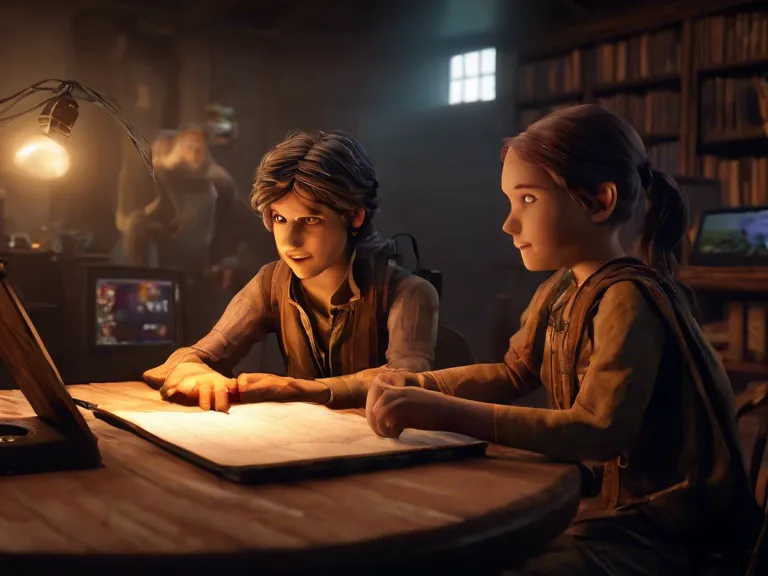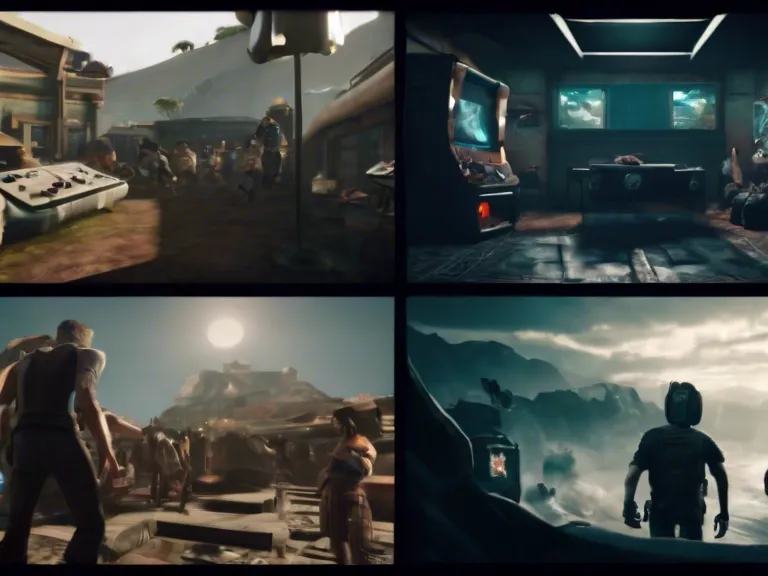
Interactive storytelling has become a powerful tool in both film and gaming industries, allowing audiences to actively engage with the narrative. By providing choices and branching paths, interactive storytelling gives viewers and players agency in shaping the outcome of the story. This article delves into the role of interactive storytelling in film and gaming, exploring its impact on storytelling techniques and audience engagement.
In film, interactive storytelling has begun to make waves with the rise of interactive movies on streaming platforms like Netflix. These interactive films allow viewers to make choices for the characters, leading to different endings and storylines. This format not only creates a more personalized viewing experience but also challenges traditional linear storytelling techniques. By allowing viewers to actively participate in the narrative, interactive films blur the lines between cinema and gaming, offering a new way to experience storytelling.
In the gaming industry, interactive storytelling has long been a staple, with choice-based games like "Life is Strange" and "The Walking Dead" drawing players in with their branching narratives. Players are tasked with making difficult choices that impact the game world and characters, creating a sense of emotional investment and consequence. This immersive storytelling experience has proven to be incredibly popular, with players often replaying games to explore different story paths and outcomes.
Overall, interactive storytelling in film and gaming serves to deepen audience engagement and create a more immersive experience. By allowing viewers and players to actively participate in the narrative, interactive storytelling opens up new possibilities for storytelling techniques and audience interaction. As technology continues to advance, interactive storytelling will likely play an even larger role in shaping the future of storytelling in both film and gaming.



